6. Animal House (1978)
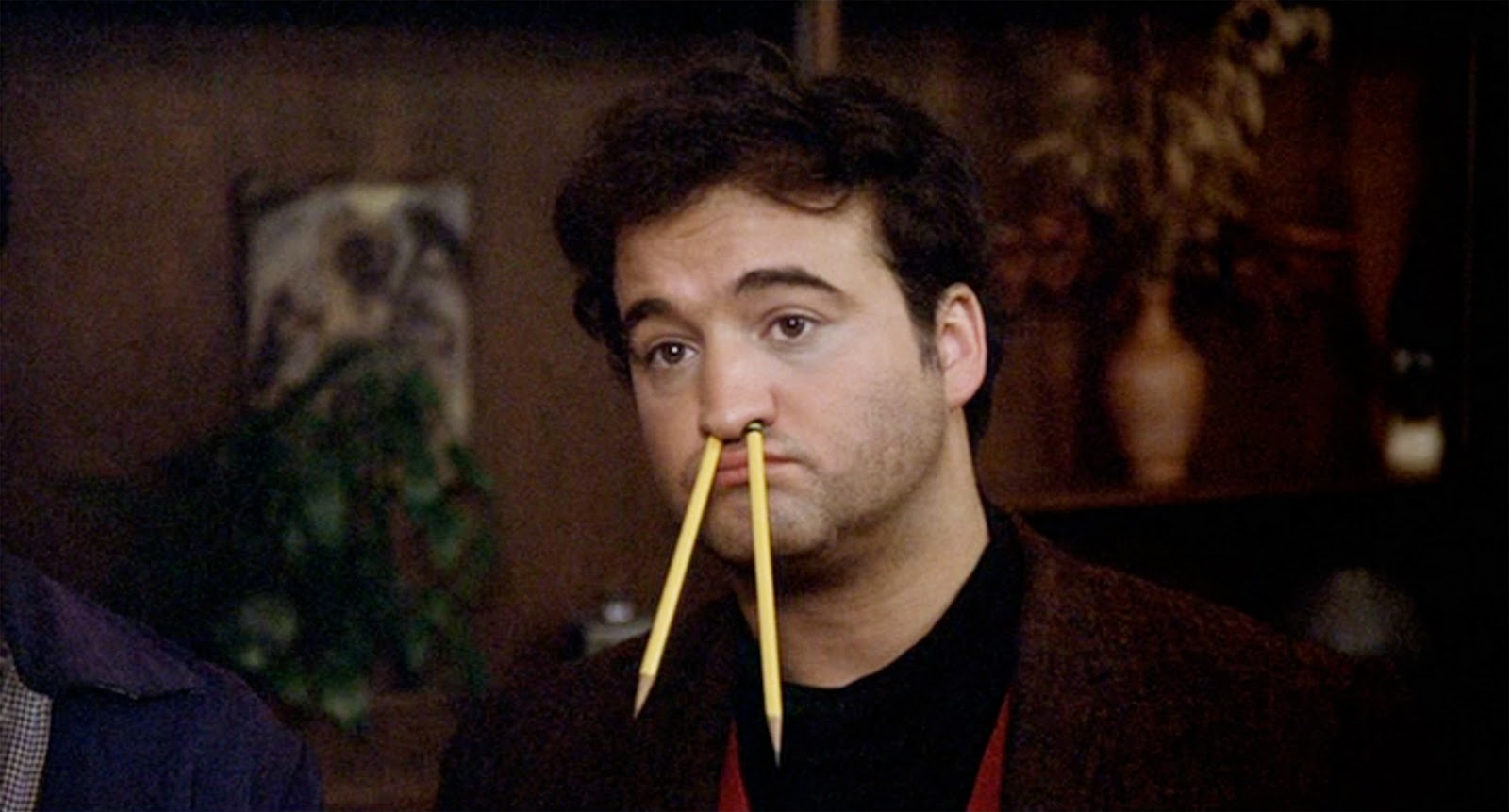
“Animal House” is about as hilarious as movies get, from the dead horse in Dean Wormer’s office, to Donald Sutherland’s depressive marijuana usage, to Bluto… anytime Bluto is onscreen. Like all great comedies, “Animal House” is eternally re-watchable and will probably remain so until Caesar’s mutant apes take over the earth in five years.
Yet the movie still believes in the power of fraternities and… I just can’t support that. What Delta House offers is a sloppier, slimier, and more depraved mutation of the same conformity present in the preppy Omega House. Everyone within Delta seems to be trapped in a diseased wasteland of underachievement, alcoholism, and stupidity.
We’re meant to sympathize with the Deltas solely because they are not the Omegas, even as Delta House poisons the lives of its pledges and everyone associated with them. Poor Flounder, the ever-abused fat geek, gets his brother’s car wrecked and loses his girlfriend, while the once-innocent Pinto becomes a pleasure-addicted zombie who actually contemplates date rape. Are we supposed to like these people?
Viewed as a cacophony of slapstick, joke writing and John Belushi, “Animal House” is a bloody masterpiece. Yet, diving into the movie’s plot and characters reveals a sinister degeneracy, whereby the manner in which its “hedonism at all costs” theme is manifested comes across as gruesome. One second you’ll laugh your guts out, and then you’re stuck in a movie more terrifying than “The Exorcist.”
7. Captain America: The Winter Soldier (2014)
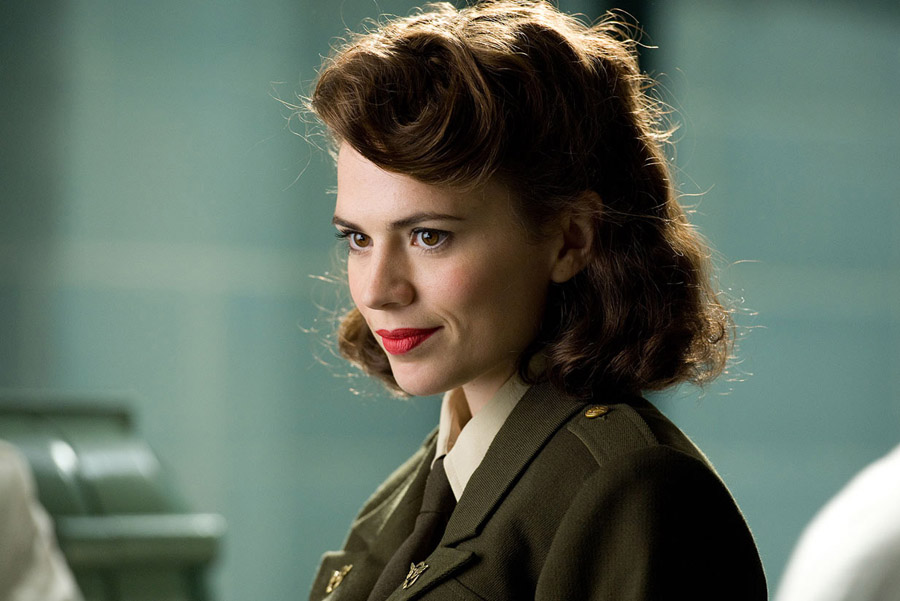
“The Winter Soldier” is too gentle in its handling of systemic corruption. It’s okay, folks: yes, the institutions and authority figures you believed in all your life are secretly war-mongering monsters, but they were actually Nazis the whole time.
Phew! That sure is easily digestible!
This movie’s decision to have Hydra infiltrate SHIELD, Marvel’s version of “Team America: World Police,” instead of having SHIELD itself becoming prone to corruption, sends the wrong message about the fragility of government institutions. There could have been a fascinating examination on the dangers of one hundred percent trust in our government, how they could use the very same values and systems you hold sacred to justify malicious ends. Yet “The Winter Soldier” foibles that initial intrigue by blaming it all on HYDRA, the Neo-Nazi Druid organization.
By simplifying the context of the political conspiracies, “The Winter Soldier” loses its nuance, and becomes less a critical take-down of government corruption and more of an uber-patriotic ballad to save the American intelligence community.
Nonetheless, the flick was one of the few Marvel Cinematic Universe movies to have a multi-layered plot with strong tension and weight, as opposed to just kicking a generic big-bad in the shins with the power of funny quips.
The fight scenes with the titular Michael Myers like “Winter Soldier” are some of the best in the MCU due to their great choreography and reliance on practical effects, and Robert Redford being Robert Redford is always a plus for any movie. Yet the movie’s attempts at political satire are pitiful, as it’s difficult to criticize a political system if the core of its malignancy are only one-dimensional villains and not our own institutions’ susceptibility to totalitarianism.
8. La La Land (2016)
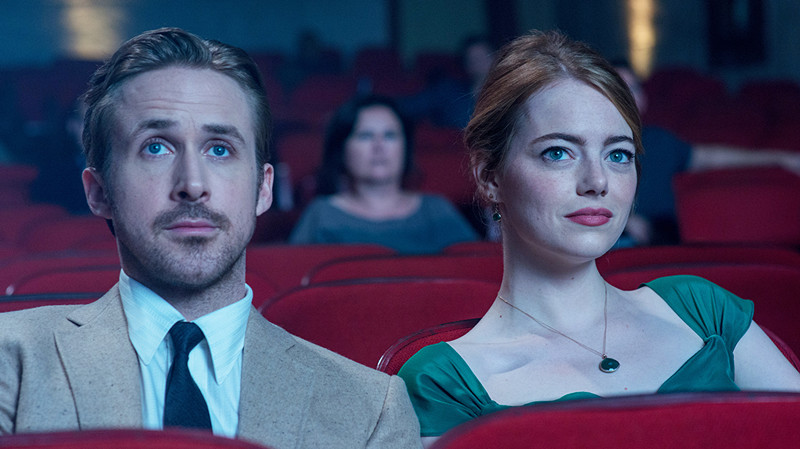
It is important to quote Orson Welles when talking about “La La Land”: “I believe that I have looked back too optimistically on Hollywood. I realized how many great people that town has destroyed since its earliest beginnings. I see that the story of that town is a dirty one, and its record is bad.”
“La La Land” presents the purest of Hollywood fantasies, where success in the hallowed industry is presented as saccharine magic more befitting of Disney World or deep-fried Oreos. Yes, the scenes in which our protagonist Mia goes through the dry and demoralizing audition process are extraordinarily effective, and the general musical set pieces of “Someone in the Crowd” and the Griffith Observatory lovefest ooze delight. Yet, take away the sublime production design and one is left with an overly optimistic take on a grim city and industry that thrives on crushing the hopes and livelihoods of its denizens.
Given director Damien Chazelle’s previous track record of providing a raw look at the creative industry ala “Whiplash” and the tastes of Hollywood-oriented darkness via the aforementioned audition scenes and general misery inflicted upon Mia, “La La Land” might have originally been something darker.
The movie might have been a biting satire and/or nightmarish takedown on Tinseltown in the vein of “Mulholland Drive” and “The Player,” yet it had to be neutered in order to guarantee that sweet $30 million budget. The film’s chipper attitude toward the magic of movies can be nauseating, given the sadism of the six-headed beast that is Los Angeles. Though that scene in the movie theater where Mia and Sebastian clasp their hands together is always going to send chills down a cynic’s spine…
9. The Dark Knight Rises (2012)
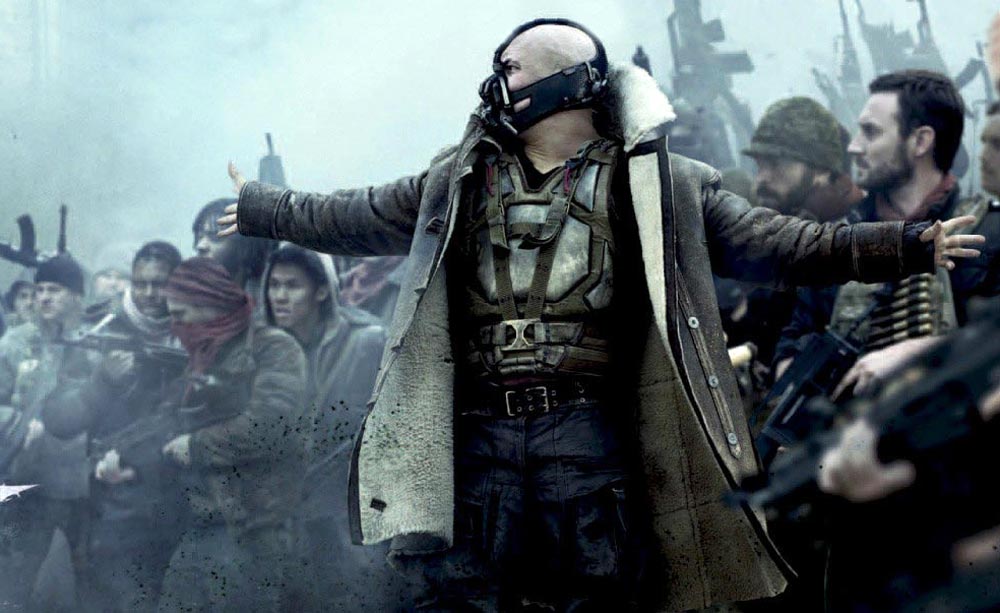
The end game to the Nolan “Batman” trilogy is a colossal mess. A well-made, mostly well-acted yarn with the trademark sexy practical effects Chris Nolan flicks are known for, but still just an absolutely grotesque mish-mash of organs script-wise. The movie’s most frustrating narrative pitfall is doing nothing with its initial exploration of Gotham’s income inequality, devolving, as with “The Winter Soldier,” into a rock ‘em sock ‘em slugfest where the villains are too easy and the heroes too correct.
First, I don’t mind that the villain Bane is the one initializing the fight against corruption and elitism. After all, some truly great villains arise from mutated attempts at “reform,” ala Roy Batty and Killmonger. Yet the problem with “Rises” is that it completely tosses aside the intrigue behind Bane’s French Revolution-like “Reign of Terror” in favor of a clichéd “blow up the city to purify the world” plot thread.
Given how many of Gotham’s ills arise from the city’s failure to properly deal with poverty, it would have benefitted “Rises” to go all in on its “revolution” theme and make genuine attempts to help us understand why the villains resort to their actions.
Yet by the hour mark, “Rises” becomes more interested in meandering with pretty set pieces than delivering on its relevant ideas. The movie wants to make a statement on political revolutions and social stratification, yet it is too fat and maybe even too lazy to do the work. “Rises” does deserve appreciation for its consistently great production design, technical execution, and Nolan’s direction. However, it is insulting to have interesting ideas regress into tired tropes, and due to its narrative mishandling, “Rises” ends the trilogy with a quiet whistle rather than a triumphant trumpet.
10. Underground (1995)
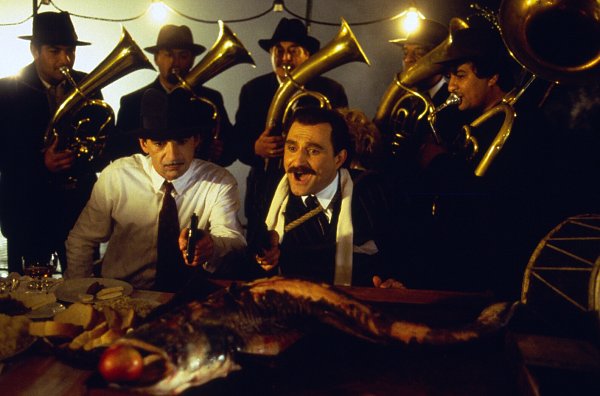
Hoo boy…
When acclaimed director Emir Kusturica was making “Underground,” his home town of Sarajevo was well under siege by Serbian nationalists. Furthermore, an ethnic cleansing of Bosnian Muslims was being perpetrated all throughout Bosnia, culminating in Srebrenica, where Serbian nationalists perpetrated the largest genocide in Europe since World War II.
It can be inferred that “Underground” was Kusturica’s attempt to make sense of the chaos that was ravaging the former Yugoslavian nations of Croatia, Serbia and Bosnia, though the movie’s interpretation of the conflict ends up being plain wrong.
Using the 50-year plight of three brothers, the boorish Blacky, the scheming Marko, and the innocent Ivan, Kusturica and screenwriter Dusan Kovacevic craft an allegory for what they believe were the sources of the Balkan’s chaos: scheming, outside interference from the West, and general barbarism from the populace.
In terms of moviemaking, “Underground” is excellent in managing tone, as its hilarious slapstick and social analysis complement each other fantastically thanks to top-tier acting and some of the best direction of chaotic claustrophobia I’ve ever seen. A set piece involving a chimpanzee in a tank is particularly legendary, and Kovacevic’s script, on a moment to moment basis, realistically captures the messiness of human dialogue, a talent also on display in his excellent 1980 Yugoslavian classic “Who’s Singin’ Over There?”
Yet, the film’s decision to portray the Balkan War as the consequence of a vague “breakdown of society,” instead of acknowledging that the violence was instigated by Serbian nationalists led by Slobodan Milosevic, Ratko Mladic and Radovan Karadzic, sullies the film’s otherwise great craft.
The war crimes of the Serbian nationalists become titanic elephants in the room when watching “Underground,” ultimately weakening any arguments Kusturica and Kovacevic had about the Balkan War being inevitable due to the people’s predisposition towards hedonism, tribalism, and compulsiveness. It’s like watching “Casablanca” without the Nazi’s ideology being mentioned, that World War II happened because “we lost the way to love each other.”
The movie is still worth watching, and Kusturica and Kovacevic should be known by more people, yet it is important to come into their work with critical eyes and not be fooled into believing specific ideas on history and politics solely because of expert artistry.